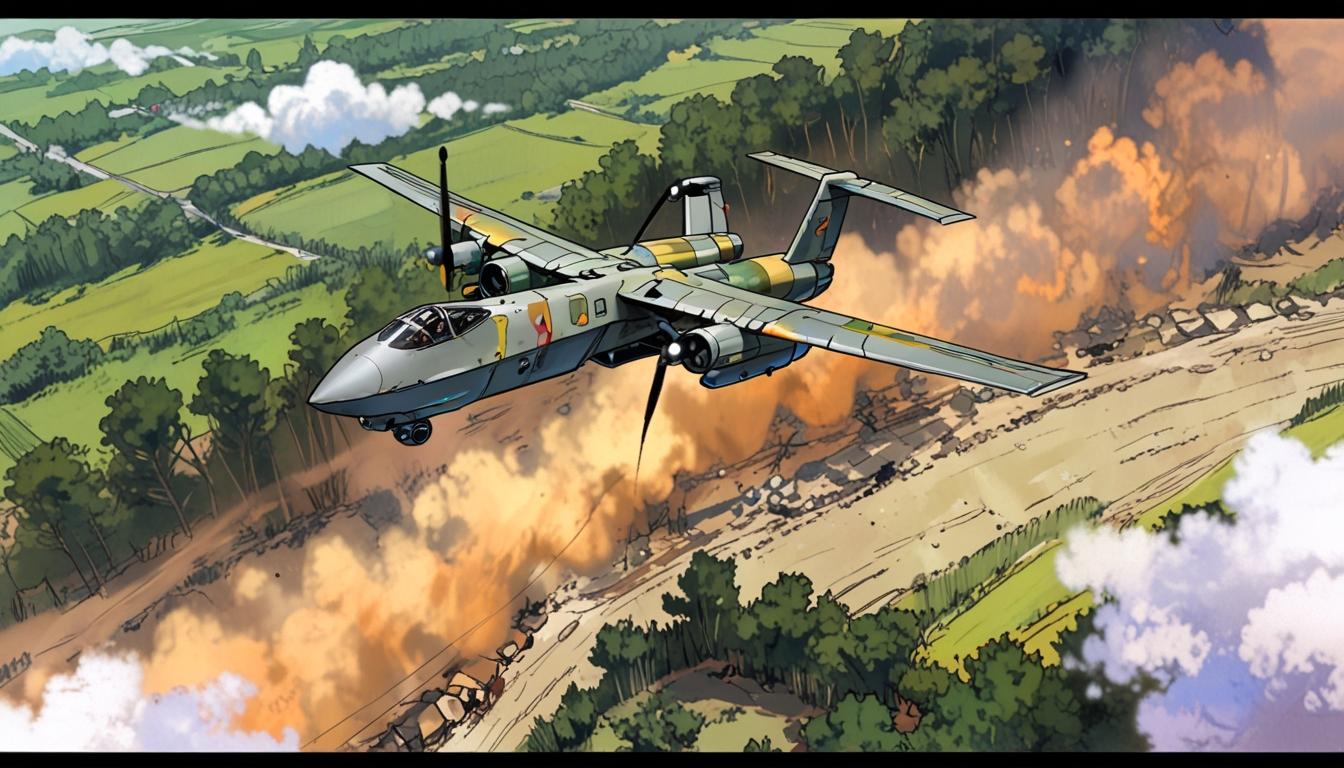The ongoing conflict in Ukraine is increasingly characterised by intense drone warfare, with front lines extending and evolving due to technological advancements, according to the Institute for the Study of War (ISW).
A sergeant serving in a Ukrainian Armed Forces drone battalion operating around Chasiv Yar explained that the nature of combat is shifting from the traditional infantry and armoured vehicle engagements to predominantly long-range warfare facilitated by drone technology. He highlighted that the zones of combat and fire impact have significantly expanded due to the widespread and active use of drones by both Ukrainian and Russian forces.
"In 2024, the depth of grey zones—areas lacking clear control—ranged from 500 metres to 2 kilometres, but now, thanks to intensified drone utilisation, these zones sometimes extend to 5-7 kilometres," the sergeant reported, illustrating the increasing reach of drone-enabled operations.
Both sides are rapidly advancing their drone capabilities. The sergeant noted that Russian forces are adopting Ukrainian tactics, including intercepting enemy drones and deploying remote mining techniques. Concurrently, the Ukrainian military is leveraging its technological edge to defend critical front-line positions effectively while addressing shortages in personnel and resources.
Ukraine’s military structure comprises over 100 brigades, tasked with defending more than 2,100 kilometres of frontline territory within Ukraine and along its border with Russia. Drones play a pivotal role in these defensive operations, complementing conventional weaponry to deter and counter enemy attacks.
In an effort to sustain and enhance its drone capabilities, Ukraine is accelerating domestic drone production while also increasing foreign procurement. This dual approach enables ongoing defence and facilitates a systematic strategy of long-range strikes targeting Russian energy and defence infrastructure far behind enemy lines, thereby aiming to degrade Russia’s production and logistical capacities.
Recent developments have seen both Ukrainian and Russian forces deploy fibre-optic drones for precise strikes on forward enemy positions, alongside the use of first-person view (FPV) drones for intercepting large reconnaissance units. These technological innovations and battlefield adjustments are being implemented at a rapid pace.
The ISW commented on this trend, stating, "The rapid rate at which both Ukraine and Russia have managed to conceptualise, field, and implement near-continuous technological innovation and battlefield-adjusted tactics to optimise combat dynamics is notable. The innovation and operational concepts being forged in Ukraine will set the stage for the future of warfare."
On the operational front, Ukrainian forces continue to use FPV drones effectively for daily strikes on enemy targets. Notably, Russian strike drone units have recently been repositioned from the Kursk region to eastern Ukraine, with plans reportedly underway to launch an assault on the city of Kostiantynivka.
In response, Ukrainian forces conducted an attack on April 23 against a strike drone production plant located in the Alabuga special economic zone. The facility sustained severe damage, halting drone production and affecting Russia’s drone supply chain.
Looking ahead, reports indicate that Russia intends to adjust its offensive tactics before the end of the year, suggesting ongoing strategic adaptations amidst the evolving drone conflict.
Source: Noah Wire Services
